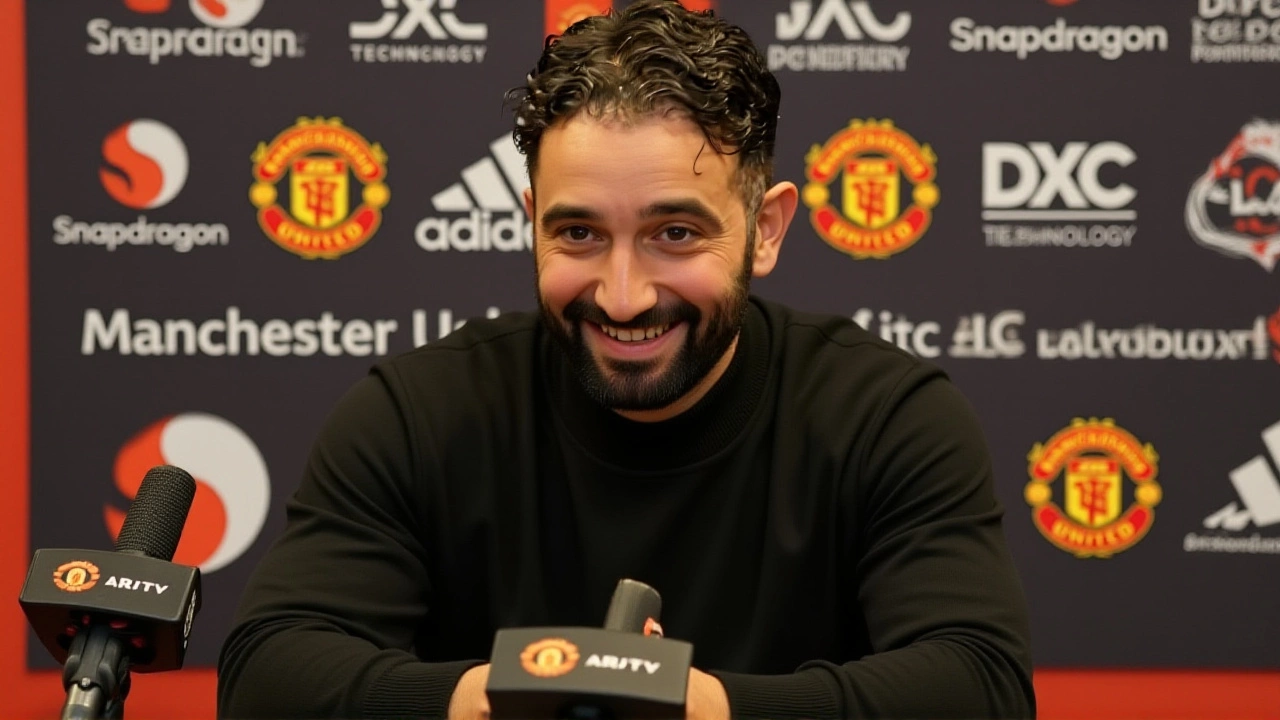Ruben Amorim praised United's 2‑0 win over Sunderland but warned of 'no momentum', spotlighting player debuts, fitness updates and looming consistency concerns.
Old Trafford – History, Match Analysis and Betting Tips
When you hear Old Trafford, the iconic Manchester stadium famed as the ‘Theatre of Dreams’. Also known as Theatre of Dreams, it has seen triumphs, heartbreaks and moments that still shape the sport. This arena isn’t just concrete and grass; it’s a living record of football culture and a key factor in today’s betting markets.
Home to Manchester United, one of the world’s most popular clubs, Old Trafford offers a unique atmosphere that can swing a game’s momentum. The roar of over 70,000 fans often forces opponents to adjust tactics, and bettors pay close attention to how United’s home form affects odds. Whether you’re tracking a striker’s goal tally or a manager’s tactical switch, the stadium’s vibe is a silent player in every match.
Within the Premier League, England’s top‑flight competition, Old Trafford stands out for its capacity and pitch dimensions. Larger crowds create higher pressure, which can tilt the balance in close contests. Analysts frequently cite the stadium’s size when predicting line‑up rotations, and the data feeds directly into betting calculators. Knowing how the league’s schedule interacts with Old Trafford’s fixture list can give you a scoring edge.
Broadcasting from Old Trafford reaches millions, from traditional TV channels to streaming platforms. The way a match is presented – camera angles, commentary style, and real‑time stats – feeds the betting community with fresh information. Knowing which networks carry the game helps you spot live odds shifts and take advantage of in‑play markets before they settle. It also means you can watch the same tactical nuances that experts dissect in post‑match reviews.
Old Trafford isn’t just a backdrop; it’s a variable that bookmakers factor into their odds. The stadium’s history of high‑scoring games, late‑goal comebacks, and defensive stands influences the probability models used for betting. When a team knows they’re playing in a venue that favors attacking play, you’ll see more over‑1.5 goal bets, and the reverse holds for defensive stalwarts. Understanding these patterns lets you align your wagers with the venue’s statistical fingerprint.
The stadium’s evolution tells a story of ambition. Since opening in 1910, it’s undergone several renovations, added a retractable roof, and set attendance records that still stand. Memorable nights – like the 1999 Champions League final or the 2008 Sir Alex Ferguson farewell – add layers to the narrative that fans and bettors alike cherish. Each renovation not only improved facilities but also altered pitch conditions, which coaches factor into their game plans.
Tactically, Old Trafford’s pitch size and surface quality shape how teams approach possession and pressing. Coaches often tailor their line‑ups to exploit the extra space, favouring wingers who can stretch play. This mirrors the kind of tactical depth you’ll see in Serie A analyses, where managers treat the field like a chessboard. When you combine stadium specifics with team strategy, you uncover betting angles that go beyond simple win‑draw‑loss predictions.
Below you’ll find a curated mix of articles that dive deeper into line‑up predictions, broadcast schedules, league tactics and betting strategies – all tied back to the atmosphere and history of Old Trafford. Whether you’re hunting a profitable wager or just want to appreciate the stadium’s impact on the beautiful game, the collection offers practical insights you can act on right away.
